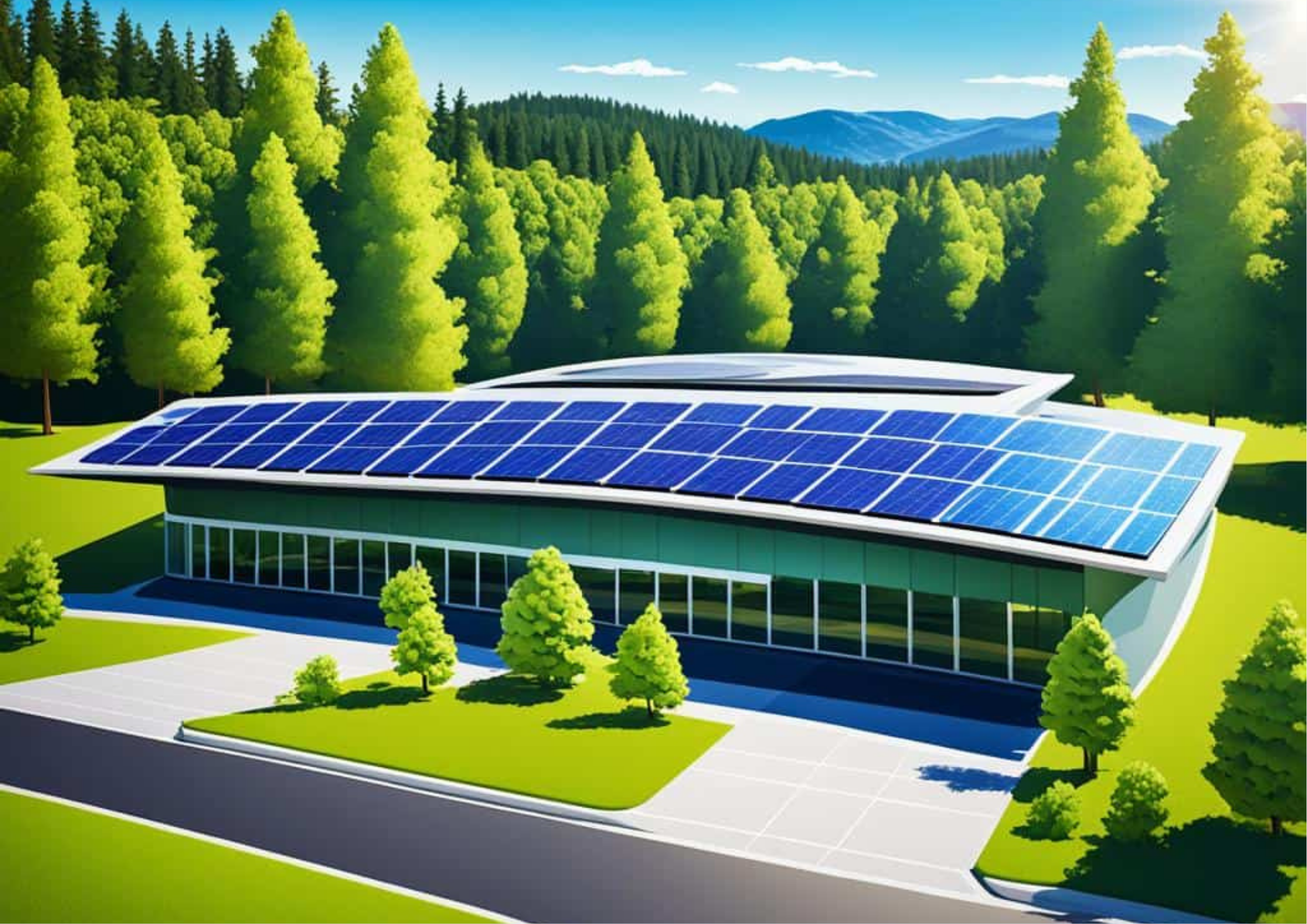Welcome to the world of Solar Cooling Systems, an innovative technology that uses solar energy to power air conditioning and refrigeration. It's a game-changer for regions with intense heat and high energy costs. In this blog, we’ll break down what solar cooling is, how it works, its types, and why it’s a smart, sustainable solution for the future.

When you think of solar energy, heating usually comes to mind — not cooling. But did you know that the same sunlight that heats your home can also cool it down?
Welcome to the world of Solar Cooling Systems, an innovative technology that uses solar energy to power air conditioning and refrigeration. It's a game-changer for regions with intense heat and high energy costs.
In this blog, we’ll break down what solar cooling is, how it works, its types, and why it’s a smart, sustainable solution for the future.
Solar cooling systems use solar thermal energy or solar electricity to power air conditioning or refrigeration units. These systems reduce or eliminate the need for conventional electricity or fossil fuels, making them both eco-friendly and cost-effective.
They are especially useful in hot climates where cooling is needed most — and sunlight is most abundant.
There are two main types of solar cooling technologies:
This system uses solar heat (usually from flat-plate or evacuated tube collectors) to drive a thermally powered cooling process, such as:
Absorption Cooling
Adsorption Cooling
Desiccant Cooling
In these systems, heat replaces electricity as the driving force for the cooling cycle.
In this method, solar panels generate electricity, which is then used to run a conventional electrical air conditioner or chiller. It’s simpler to implement and often paired with battery storage for nighttime use.
Uses solar heat to drive a chemical process that cools water or air. Common in large buildings or industrial setups.
Similar to absorption but uses solid materials (like silica gel) instead of liquids. Suitable for off-grid or low-energy environments.
Removes moisture from the air using solar-heated desiccant materials. Often used in combination with conventional HVAC systems to reduce humidity.
Uses electricity generated by solar panels to power any standard AC system. It’s cost-effective and easy to retrofit into existing buildings.
🌞 Perfectly Matched with Climate
More sunlight = more cooling power — ideal for hot regions.
💡 Reduced Electricity Bills
Significantly cuts the energy costs associated with conventional cooling.
🌱 Eco-Friendly
Lowers carbon emissions and reduces reliance on fossil fuels.
🔧 Low Operating Costs
Once installed, operating costs are minimal and mostly maintenance-free.
🏡 Increased Comfort & Independence
Provides cooling even in off-grid locations or during grid outages (especially when paired with batteries).
Residential air conditioning
Office buildings
Hospitals and clinics
Hotels and resorts
Data centers
Cold storage and food refrigeration
Whether for comfort or critical cooling needs, solar-powered systems are proving to be both reliable and scalable.
While promising, solar cooling systems do come with some challenges:
High Initial Investment – Particularly for thermal cooling technologies.
System Complexity – Some setups require careful engineering and professional installation.
Weather Dependency – May need backup systems for cloudy days or nighttime cooling.
Space Requirements – Collectors or PV panels need adequate area and proper orientation.
Fortunately, ongoing innovation and decreasing solar costs are making these systems more accessible and affordable every year.
Solar cooling systems are an exciting step forward in sustainable living. By harnessing the sun’s energy to beat the heat, these systems not only reduce electricity bills but also support a cleaner, greener planet.
As the effects of climate change intensify and cooling demands rise, solar cooling offers a smart, scalable solution — one that turns the sun into your greatest ally in comfort.